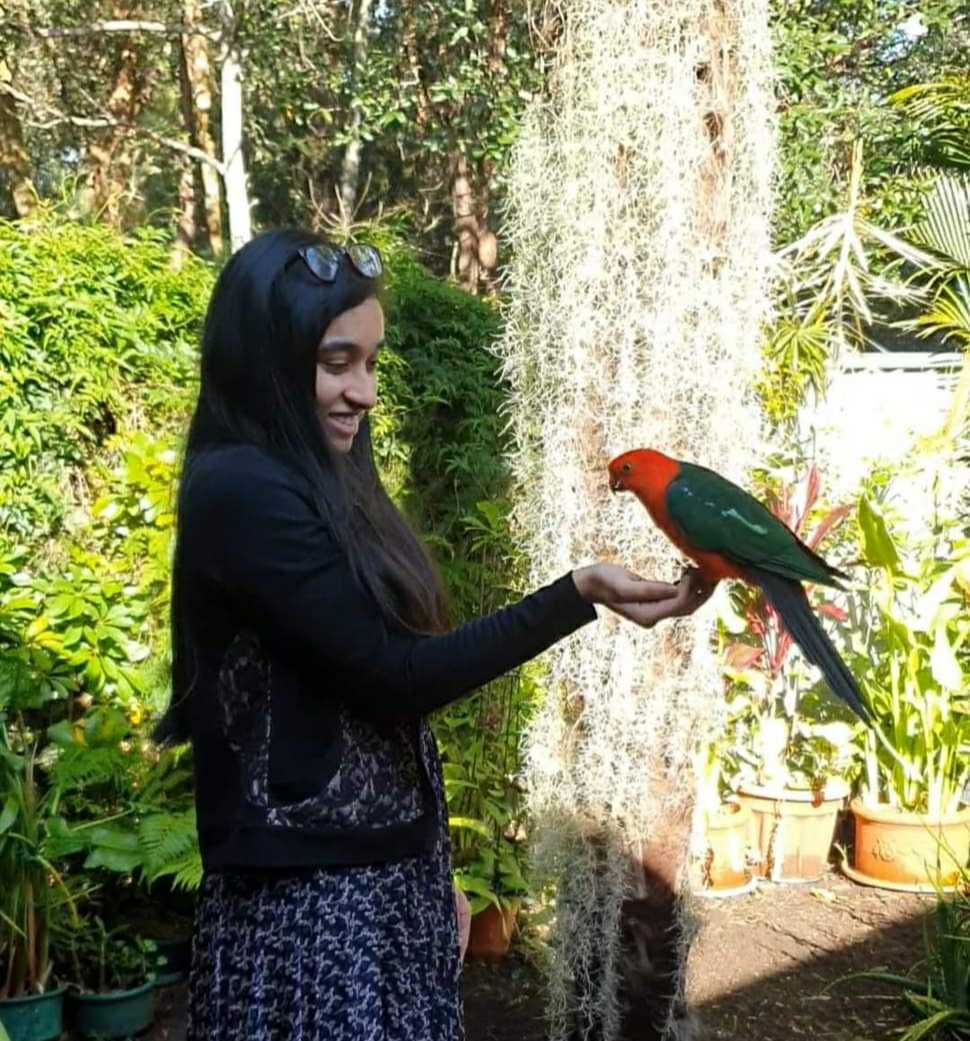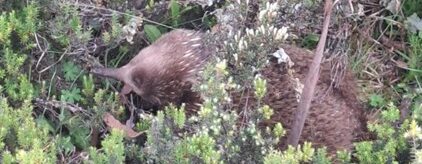by Adele Gonsalvez
In Greek mythology, Echidna is known as the “mother of monsters” and is a feared half-woman/half-serpent. However, her possession of mammalian and reptilian traits may be the only similarity between her and her animal namesake. In fact, even when provided with all the weaponry for chemical warfare, the short-beaked echidna has opted for a different route.
The short-beaked echidna is one of five extant monotreme species, and as the evolutionary offshoot of mammals, monotremes possess a suite of unique and interesting features. From being egg-laying mammals to electroreception, the book on monotreme fun facts practically writes itself. One particularly cool feature of the monotreme lineage, is the possession of a crural system – a system used to deliver venom that consists of a hollow keratinous spur connected to a crural gland on their hind limbs. These spurs regress in female platypuses and echidnas but are retained in adult males of both species. The monotreme ancestor of the platypus and echidna also possessed this crural system and venom production. The ability to produce venom has been maintained in the platypus, who is one of only fifteen experimentally confirmed venomous mammals globally. Platypus venom is used by males against other male platypuses during the breeding season, to cause paralysis in their competition and give them a reproductive edge.
But the echidna?
Not so much.
Despite being gifted the capabilities of venom production from their monotreme ancestor, these walking pin cushions have chosen a less toxic approach to their sister lineage. Echidnas have instead repurposed their crural system to aid in chemical communication. The chemical cues produced assist their social interactions and help with mate attraction. Chemical communication is renowned across many taxa as a great tool for finding a buddy in the breeding season, and echidnas are known to use cloacal odours for this purpose as well. So yes, echidnas really did repurpose a system capable of paralysis and immense pain just to up their scent game.
Echidna spur secretions appear as a milky substance at the base of the spur (for males) or in the pit previously occupied by the spur (in females). Spur secretions also differ between the sexes, with a greater quantity and number of compounds found in those produced by males. And just like the seasonal upregulation of platypus venom, secretions produced by the echidna crural system are also upregulated during their breeding season.
So, add it to the list of fun facts: echidnas choose love not war. Even when handed the ancestral capabilities of venom production, the echidna has chosen a more peaceful approach to aid their reproductive fitness. Saying “no thanks” to being toxic and producing attractive chemical cues instead? I don’t know about you, but to me, that sounds like a monster of a good idea.
Author

Adele Gonsalvez (PhD Student) is using a variety of ‘omics resources to investigate the unique genes, peptides and traits of Australia’s monotremes. This work particularly focuses on the characterisation and functional investigation of platypus venom and monotreme-specific genes, aiming to discover novel components and their functions to better understand these animals.
